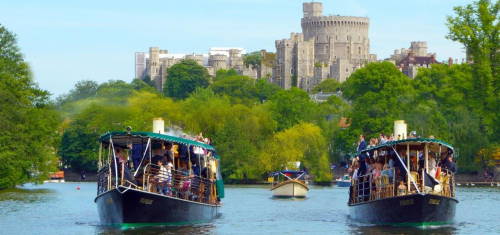Surrounding Area
Eton Wick
Eton Wick is a village, now in Berkshire though historically it belonged to Buckinghamshire. Situated on the River Thames in the civil parish of Eton, close to the historic towns of Windsor and Eton, Slough and Dorney Lake, the rowing venue for the 2012 Summer Olympics.
After the construction of Eton College in the 15th century, a small group of houses were built immediately west to the college grounds. Making up the homes of shoemakers, tailors, and other workers who worked in the college, the hamlet was physically separated from the rest of Eton by land owned by the college, and was known as the wick. The wick was on the very edge of the parish, on the opposite side of the border adjacent to the village; cottages were built to house farmhands working at nearby Bell Farm. Throughout the 19th century, scholars at Eton College took a personal interest in the village. Building a village hall and a small school in the village, the college was traditionally responsible for the social well-being of the settlement. The village grew rapidly between the 1880s and the 2000s.
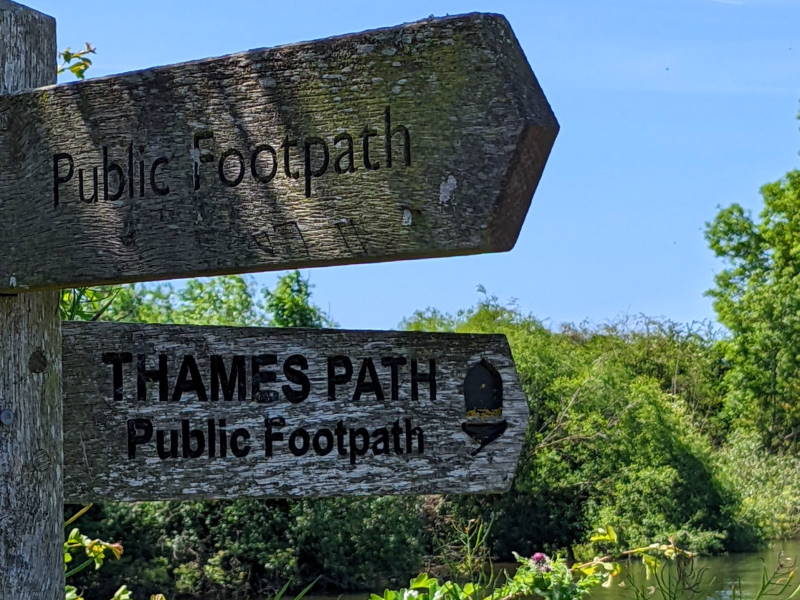
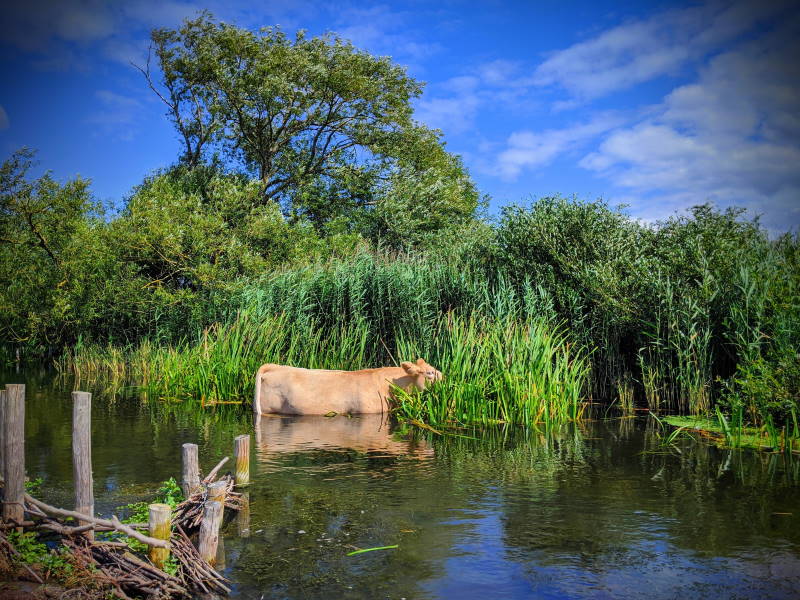
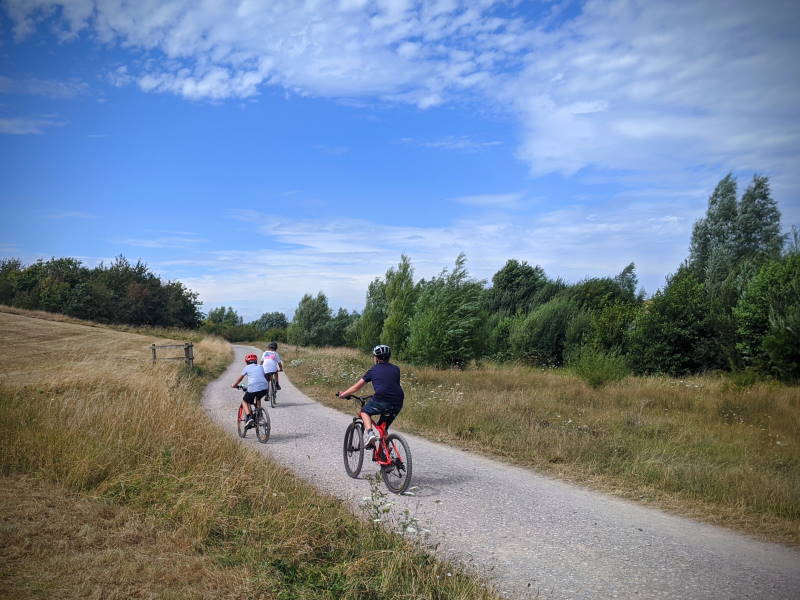
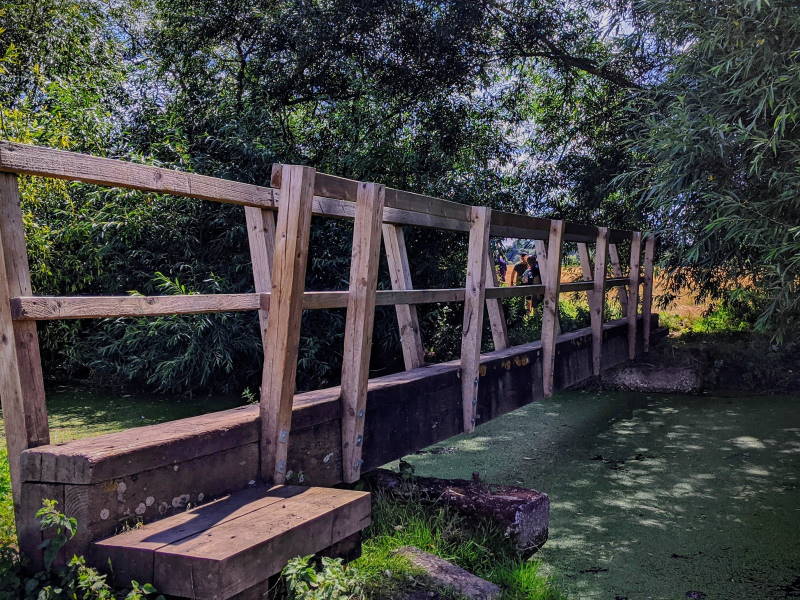
In 1880, the owner of Bell Farm, Charles Dorney, sold some of his land for residential building. The new village was called Boveney New Town. After the Civil Parish Act 1894, the Wick was transferred from Eton parish to Boveney parish and became known as Eton Wick. Eton Wick and Boveney New Town were almost immediately next to each other yet both retained their own councils until 1934. The population of the villages during this time was around 500. After the Second World War, both villages were expanded and built into each other as part of the wider national push for more housing, bringing the population up to around 3,000. In 1965, the land surrounding the village was registered as common land under the Commons Registration Act, meaning the land cannot be developed without permission from the Secretary of State for the Environment.
Eton Dorney
Dorney is a village and civil parish in the Unitary Authority of Buckinghamshire, England, bordering on the River Thames to the west and south, and bisected by the Jubilee River. In 2011 it had a population of 752. It is 2.3 miles (3.7 km) west of neighbouring Eton, which is a slightly larger parish.
It includes a grade I listed manor house, Dorney Court (which opens to the public at certain times of the year -see ‘Attractions’), as well as the largest rowing lake in the south of England, Dorney Lake. Altogether water accounts for 13% of Dorney, the highest proportion in Buckinghamshire!
Eton Dorney Lake
Dorney Lake (also known as Eton College Rowing Centre, and as Eton Dorney as a 2012 Summer Olympics venue) is a purpose-built rowing lake in England. It is near the village of Dorney, Buckinghamshire, and is around 3 km (2 miles) west of Windsor and Eton, close to the River Thames.
The lake is privately owned and financed by Eton College, which spent £17 million developing it. Additional grants, totalling £500,000, were obtained from Sport England, UK Sport, the DCMS and SEEDA in order to build the lake’s finish tower. The project was completed in 2006, after 10 years of construction. Although it is primarily for use by the school, the facilities are hired out for rowing, as well as for canoeing, dragon boating, open water swimming and triathlon.
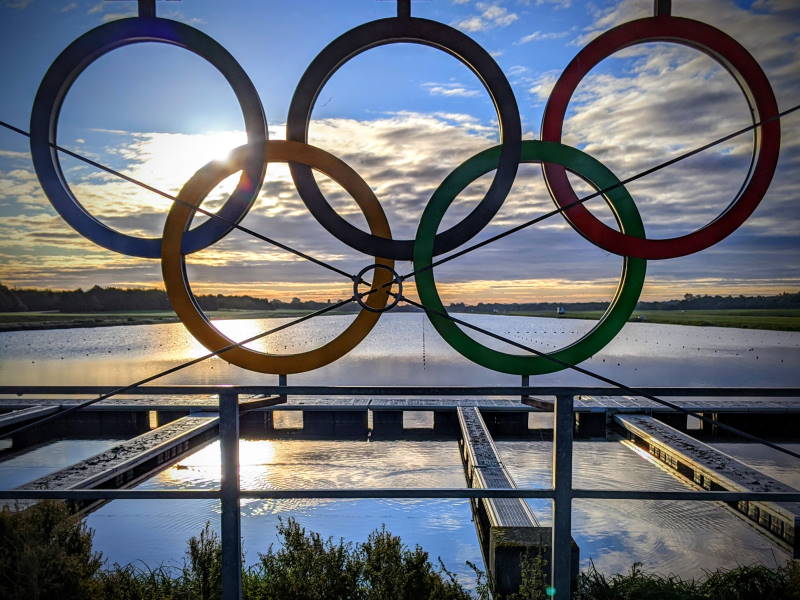
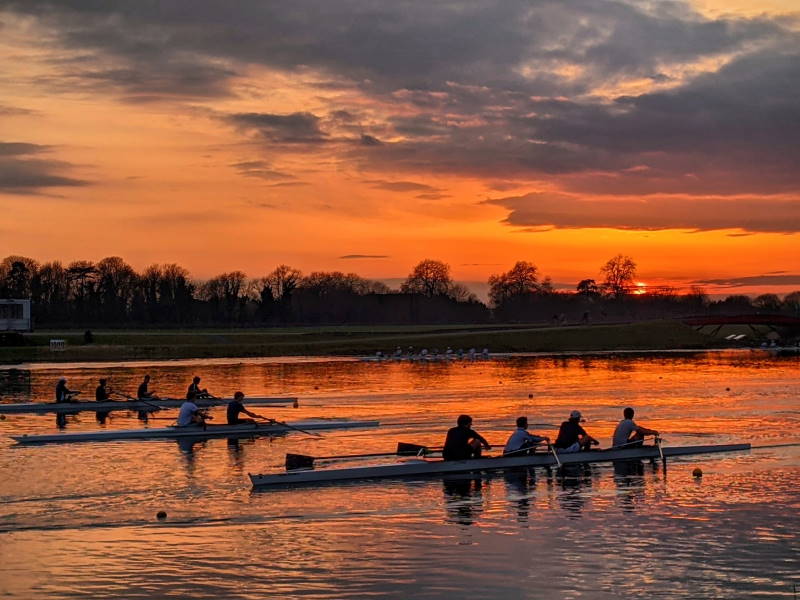
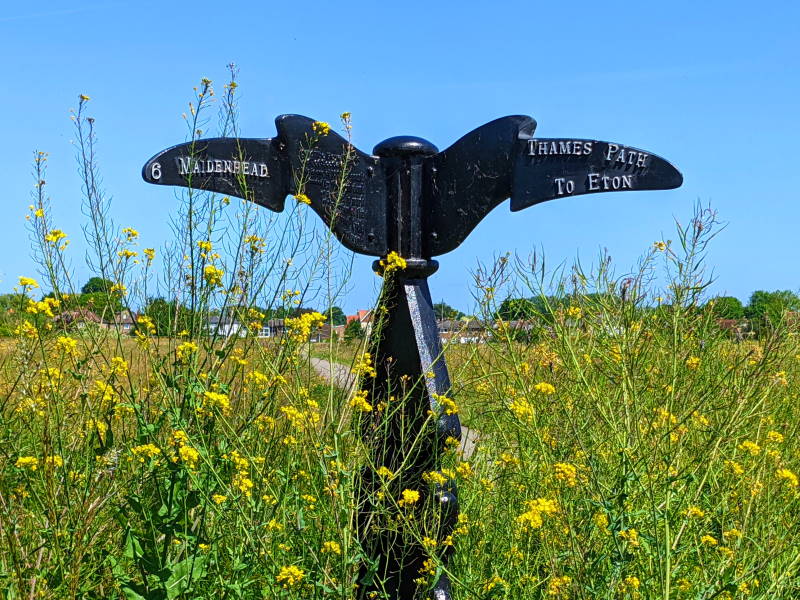
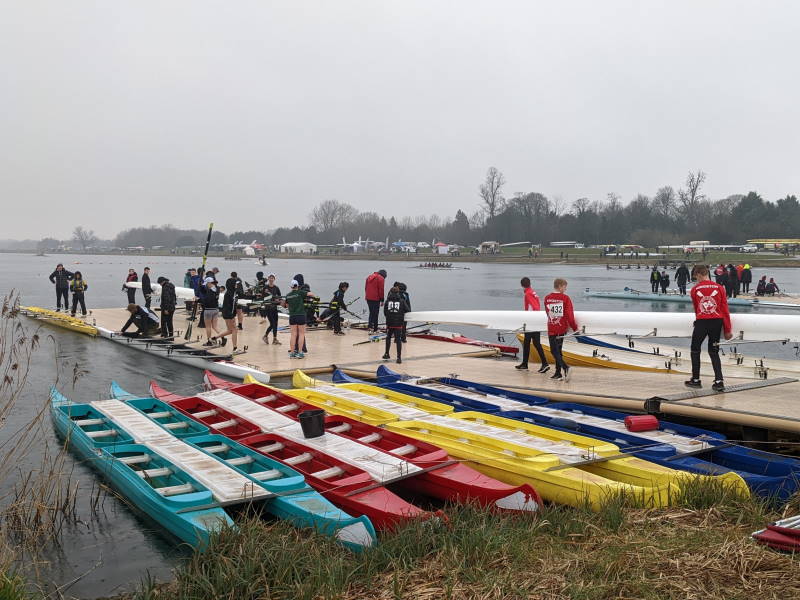
Dorney Lake – 2012 Olympic Venue
The lake was used as the 2012 Summer Olympic venue for rowing and canoe sprint, and as the 2012 Summer Paralympic venue for rowing. For the duration of the Olympics, the lake was officially referred to as Eton Dorney; confusingly, a separate venue in Stratford was called Eton Manor due to 19th-century associations with the school.
To provide for Olympic spectators, the existing facilities were enhanced to include 20,000 additional seats; most of these seats were temporary. Construction of enhancements to Dorney Lake began in October 2009, following investigations by Oxford Archaeology, including a new cut-through between the competition lake and the return lane, a new bridge and an upgraded access road, funded by the Olympic Delivery Authority (ODA). During the Olympic events, Dorney Lake was staffed by around 3,500 personnel including volunteers; it could accommodate up to 30,000 spectators per day. A temporary bridge over the River Thames linked the Dorney Lake site to Windsor Racecourse, where a pick-up and drop-off point for Olympic spectators was established.

